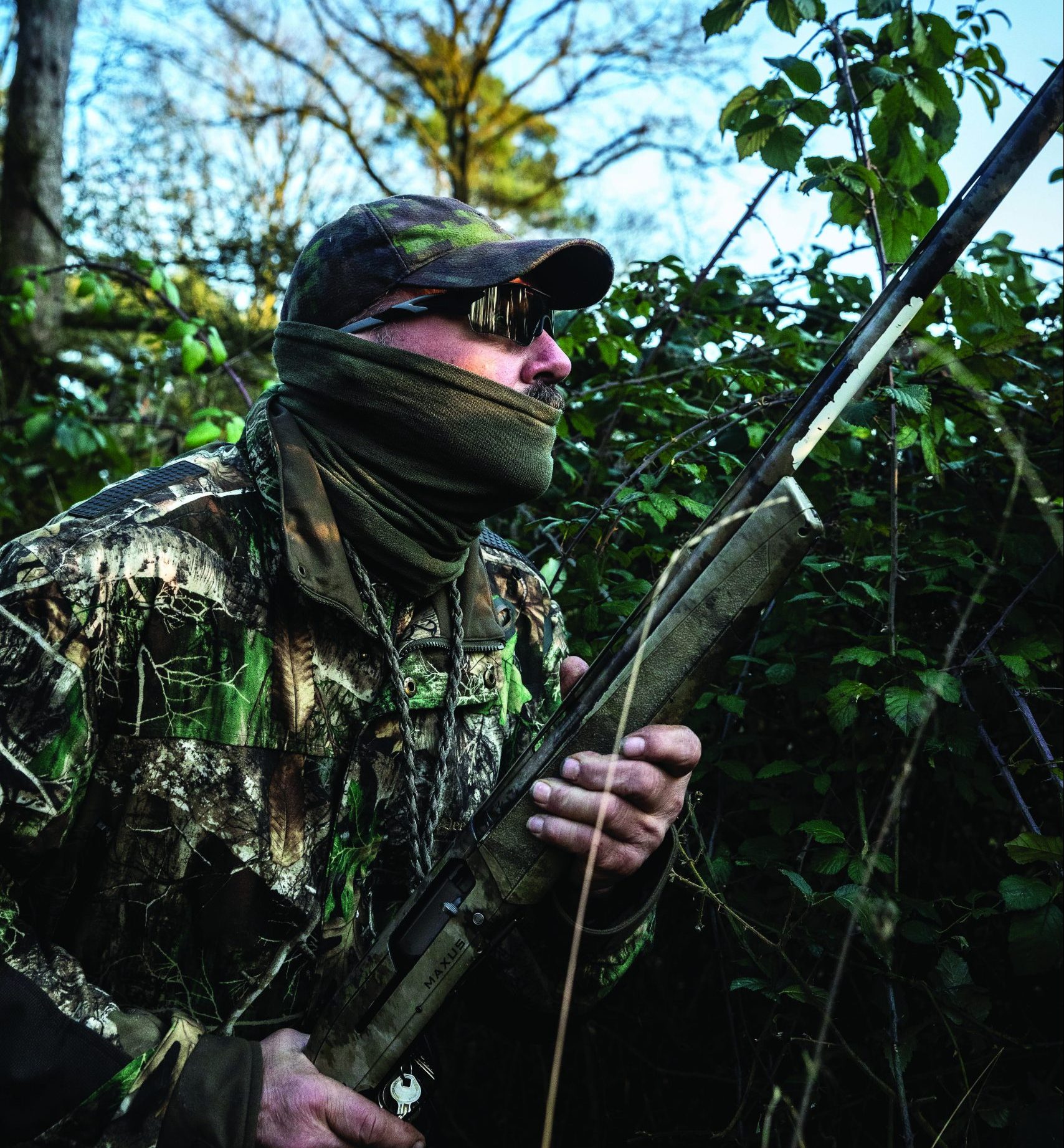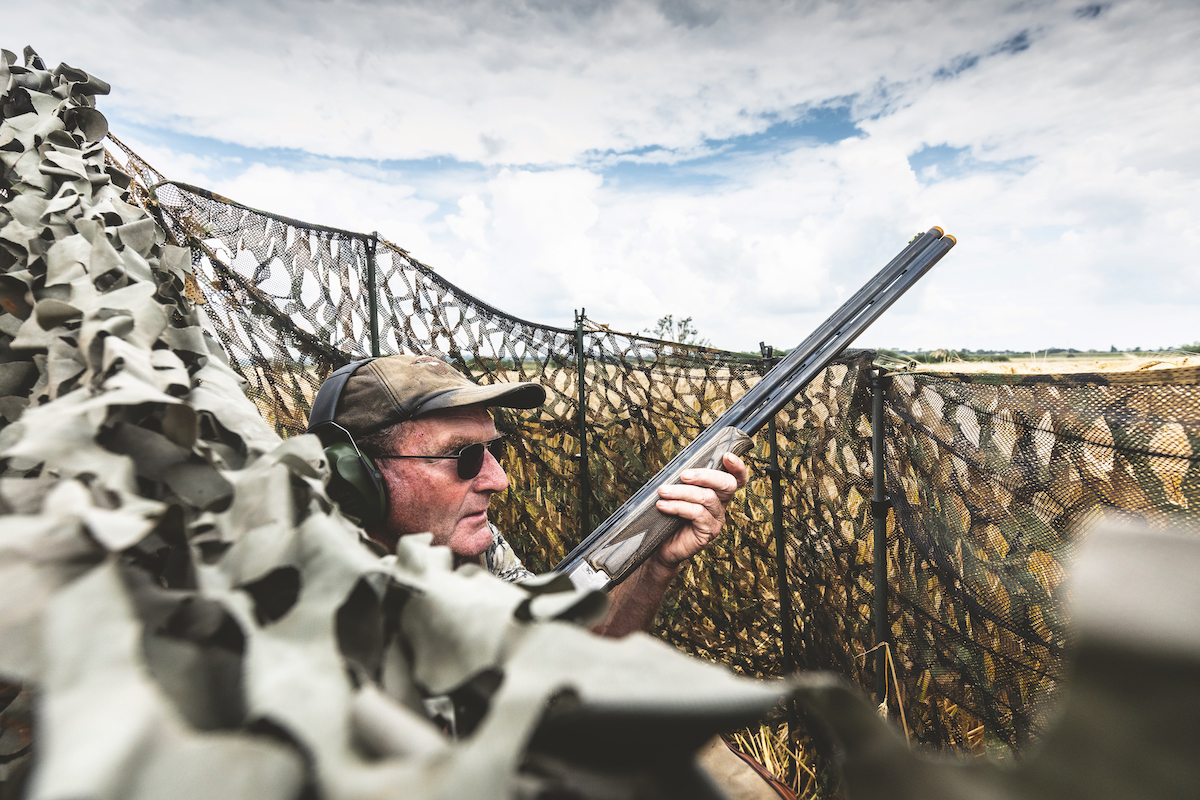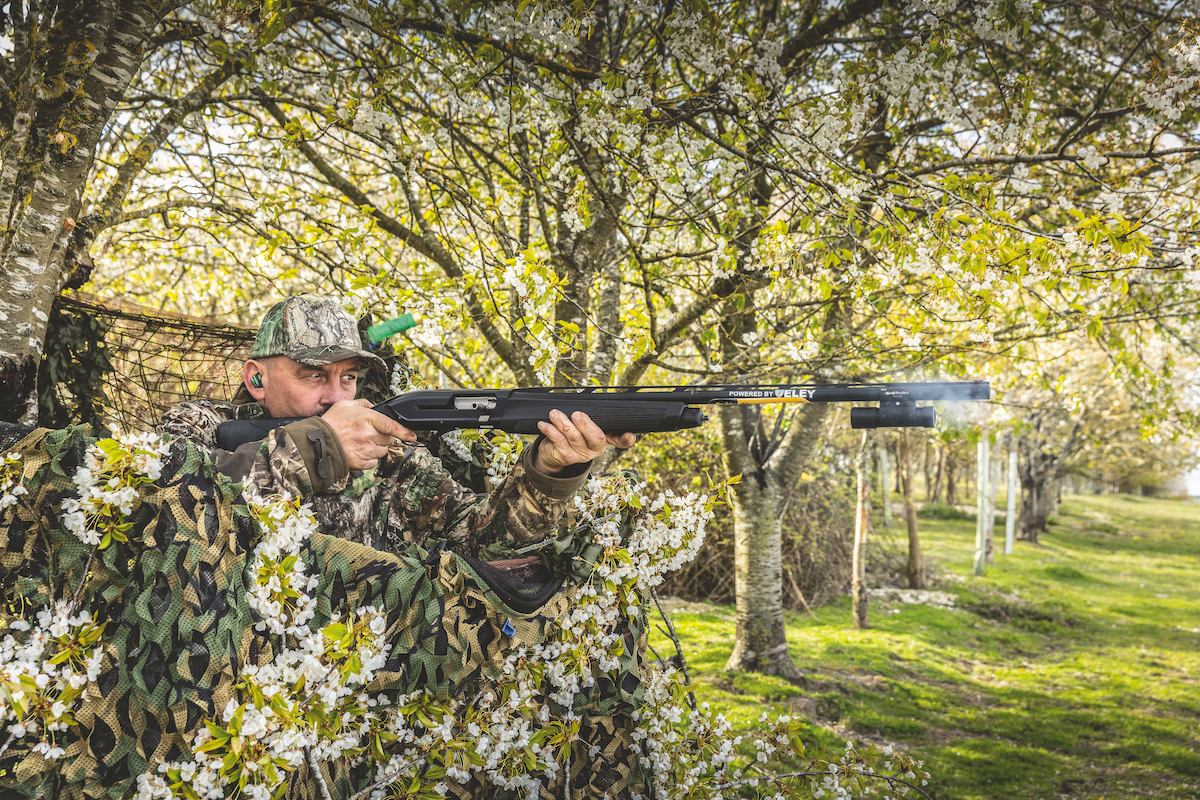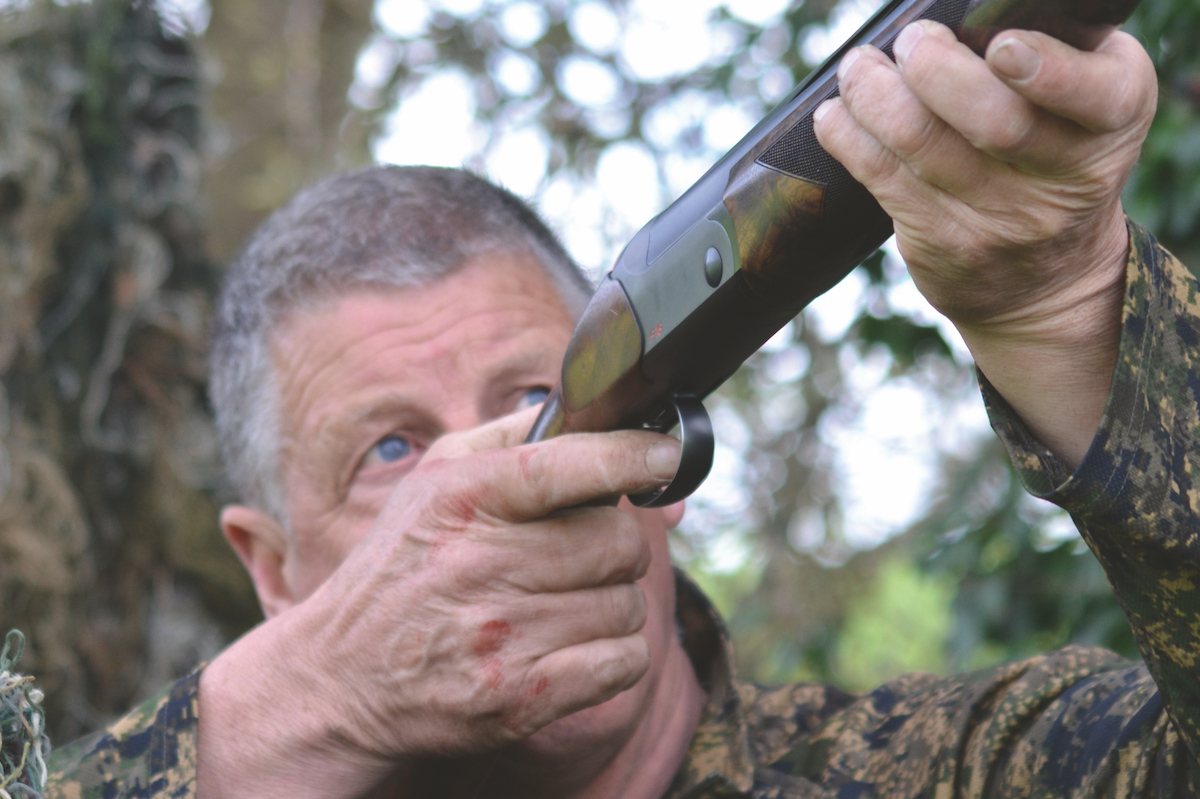Roost shooting advice from Geoff Garrod
Geoff Garrod was pleasantly surprised after taking an afternoon opportunity in the woods to deal with a pesky flock as well as offer roost shooting advice

The best location is in the centre of the wood
I reckon that roost shooting is the best sport. But we always have to remember why we’re out there with our gun – it’s crop protection, just not at the ‘scene of the crime’. My first trip out roost shooting this year was a good case in point.
On the farm here we only had two fields of rape this year because the dreaded flea beetle did for the rest of the crop. That meant that the two remaining fields were getting a lot of attention from the pigeons, and that in turn was annoying the farmer. I had a good day’s decoying not so long ago that appeared on The Shooting Show, which you can watch on here. We managed to make a bag of 58, despite gas guns having been used on the field for a week or two. Their effectiveness wears off after a while and the pigeons start to ignore them.

The damage is clear to see
Time
Anyway, I had been keeping a close eye on the situation, but with the end of the game season and other commitments, it was hard to make a day free to have another go at decoying on the aforementioned rape fields. I had spotted there was a regular and consistent flightline from a nearby wood, which the pigeons were using both for roosting and as a sitty location. The birds were heading home to rest and digest after feeding and the traffic went back and forth all day.
With a couple of hours spare one afternoon, I decided to try spending a bit of time roost shooting. Strictly speaking, you can’t really call it roost shooting if the birds are not coming in to roost for the night; it is probably more accurately described as a mixture of roost shooting and flightlining. I wasn’t able to stay out until sunset but reasoned that if I could bag a few birds in the couple of hours I had available and disrupt the flock in the afternoon, I would keep the farmer happy and get a bit of shooting in.
- Read more on how to get a pigeon shooting permission here
On the day in question, the weather couldn’t have been less suitable for shooting – bright sun, little wind and unseasonably warm. The advantage of a strong wind is that it helps to channel the flightline as the birds approach the wood, and it also keeps them lower as they try to save energy by flying under the wind.
If you have the wind on your back and are settled into a good spot just inside the wood, you’ll get most of your traffic flying low into the wind to the wood. It’s just a little more predictable and the shots you take will be a little less rangy. With no wind and bright sun, though, I had to make sure that I was in one of the roosting/sitty locations in the middle of the wood, and then ensure that I kept a good eye in all directions for approaching birds. The best spot was in the centre of the wood by a stand of fir trees, where there were plenty of droppings on the ground – a sure sign that it was a popular spot for the birds.
- Read more here on how to improve your pigeon shooting
- Wondering how to choose the right shotgun and cartridge for pigeon shooting? Click here
Window
I arrived at the wood about three hours earlier than I normally would for traditional roost shooting, but time constraints meant I had a narrow window of opportunity to shoot and it was this or nothing. I was unsure how successful this tactic would be, but it would help the farm out and perhaps move the flock on. Strangely, the wood the pigeons were using wasn’t the one by the rape field and was far enough away for the report of the shots not to be a problem. I found a patch of brambles to use as cover with the fir trees behind me and a clearing in front.
This was never going to be a day with a fantastic shot-to-bird-ratio and the pigeons were going to be up in the heavens when they arrived, so I just had to give it my best effort. With my Browning Maxus loaded with my favourite Eley 32g six shot and three-quarter choke, I settled in to see what would happen. I didn’t have to wait long. There was some fencing work being carried out at the far end of the wood, which must have disturbed a large flock at that end of the wood and which proved useful. After the initial flush, woodies started to circle my location and some descended to a sensible range and, as predicted, they arrived from
all directions.

Geoff’s favoured ammo
There was some challenging shooting and memorable shots, some inevitably optimistic, but the disruption to the flock served a purpose. Another problem I encountered that day was the six red kites circling above my location, and not even the first shots at the pigeons moved them on. I ended up with seven birds, which were all picked by George and I was home well before dark. I learned a great deal from trying something new and I think it might well be worth another go if a similar situation presents itself in the future.
The weather and the red kites were against me on this occasion, but it proved to me roost shooting doesn’t have to be a sport only undertaken at the end of the day when birds come home to roost. If you do your homework and see plenty of activity over a wood in the daytime, it might just be worth a go. And, yes, as predicted, the birds were all full of rape.








